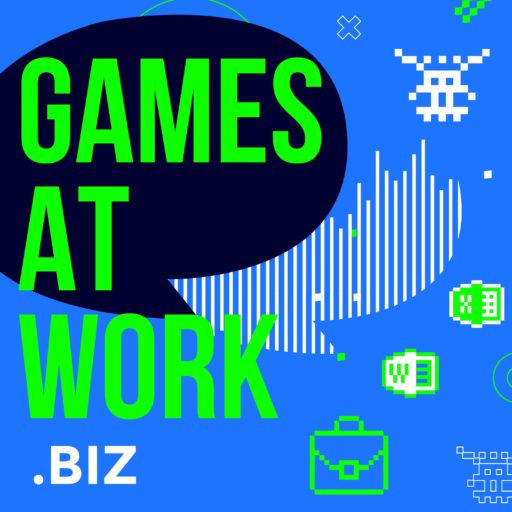
Arthur C. Clark’s Third Law, Any sufficiently advanced technology is indistinguishable from magic.” holds true for the AR magical examples from this week, starting off Uchida-san’s (@shinyamagician) fantastic use of augmented reality in his video, that requires slowing down and scrubbing through the video to really see the nature of the tricks.
The new, magical iPad Pro requires some discussion and focus, including the fact that it is now sporting an USB-C, leading to the Hyper solution for HDMI and a wide range of other interfaces.
The Mashable article about the Slice Planner likens it to the magical Tom Riddle’s diary, and spurs a conversation about the Moleskine Smart Writing Set, the CrossPad, and the Apple Pencil.
Continuing on this week’s AR focus, the co-hosts discuss a pair of clothing and shoe fitting solutions: MTailor’s Custom Clothing iOS app, and the in-store Fit ID solution for shoes from Fleet Feet.
Wrapping things up this election week in the United States, Michael & Michael discuss the findings from Samatha Bee’s This is Not A Game, The Game app.
We had great fun with the topics for this week — hope you will as well!
Selected Links
TechCrunch article: This magician brings some serious tricks to the iPad Pro — https://techcrunch.com/2018/11/09/this-magician-brings-some-serious-tricks-to-the-ipad-pro/
9 to 5 Mac article: Hyper unveils the first iPad Pro USB-C hub with HDMI, USB-A, headphone jack, SD slot, more — https://9to5mac.com/2018/11/05/ipad-pro-usb-c-hub-hyper/
Mashable article: This $23 AR-powered planner is *almost* as magical as Tom Riddle’s diary — https://mashable.com/shopping/nov-6-slice-planner-sale/
Moleskine Smart Writing Set — https://us.moleskine.com/smart-writing-set/p0202
CrossPad — https://en.wikipedia.org/wiki/CrossPad
TechCrunch article: Niantic overhauls Ingress to make it more welcoming for new players — https://techcrunch.com/2018/11/05/what-is-ingress-prime/
MTailor Custom Clothing — https://itunes.apple.com/us/app/mtailor-custom-clothing/id816042916?mt=8
Fleet Feet Fit ID — https://www.fleetfeet.com/catalogs/fit-id
The Verge article: Players of Samatha Bee’s mobile game have reported over 800 instances of voter suppression — https://www.theverge.com/2018/11/6/18069830/samantha-bee-mobile-game-voter-suppression
Podcast: Play in new window | Download (Duration: 37:16 — 17.2MB) | Embed
Subscribe: Apple Podcasts | Spotify | Amazon Music | Android | Podcast Index | Youtube Music | RSS | More


